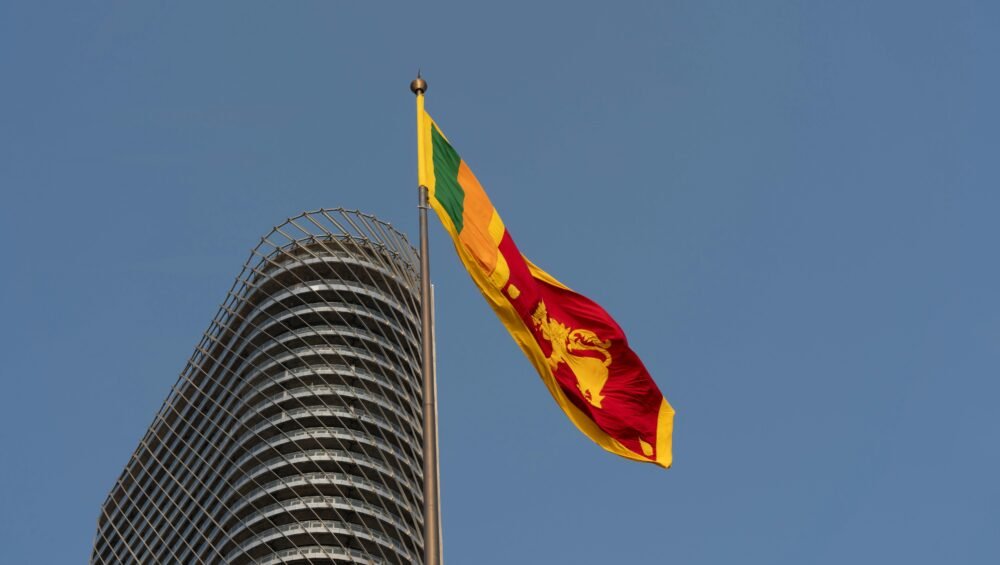Discover the Rich Culture and History of Sri Lanka: A Traveler’s Guide
Sri Lanka, often called the “Pearl of the Indian Ocean,” is a land brimming with ancient history, vibrant culture, and timeless traditions. For travelers seeking to explore more than just the beauty of beaches and landscapes, Sri Lanka offers a deep dive into a captivating heritage that spans thousands of years. From ancient temples to colonial architecture, the island has a rich story to tell. Here’s a glimpse into the cultural and historical treasures that await you on your visit to this fascinating destination.
Ancient Heritage and Historical Significance
Sri Lanka’s history stretches back over 2,500 years, making it one of the oldest continuously recorded cultures in the world. The island has been home to various ancient kingdoms, each leaving behind architectural marvels and cultural legacies that still stand today.
One of the most iconic historical sites is the Ancient City of Sigiriya, a UNESCO World Heritage Site. This magnificent rock fortress, known as the “Lion’s Rock,” was once the royal residence of King Kasyapa in the 5th century. Visitors can climb the steep rock face to admire stunning frescoes and panoramic views of the surrounding countryside.
Another must-visit historical location is the Sacred City of Kandy, where the revered Temple of the Tooth (Sri Dalada Maligawa) houses the sacred tooth relic of the Buddha. Kandy was the last capital of the Sri Lankan kings, and it is here that the island’s rich Buddhist heritage is most evident. The annual Esala Perahera procession, a vibrant cultural event held in Kandy, showcases traditional dance, drumming, and elephant processions.

The Influence of Buddhism
Buddhism has played a significant role in shaping Sri Lankan culture and society. Introduced in the 3rd century BCE by Emperor Ashoka of India’s Maurya dynasty, Buddhism remains at the heart of Sri Lankan life. You’ll see this in the many stupas (Buddhist shrines), temples, and monasteries that dot the landscape, each offering insights into the spiritual practices of the island.
The Dambulla Cave Temple, another UNESCO World Heritage Site, is a stunning example of ancient Buddhist art and architecture. The complex of caves is home to over 150 Buddha statues and intricate frescoes depicting scenes from the life of the Buddha.
Colonial Legacy and Diverse Cultures
Sri Lanka’s colonial past also adds to the island’s historical richness. The Portuguese, Dutch, and British left their mark on the island, influencing everything from architecture to cuisine. The coastal city of Galle, with its well-preserved Galle Fort, offers a glimpse into the colonial era with cobbled streets, historic buildings, and picturesque views of the ocean.
In addition to its Buddhist heritage, Sri Lanka has a melting pot of cultural influences, including Hinduism, Christianity, and Islam, making it a truly diverse nation. The Tamil culture of the northern regions, with its Hindu temples and festivals, is a vibrant part of Sri Lanka’s identity, offering a unique contrast to the Buddhist culture that dominates the rest of the island.
Traditional Arts, Music, and Dance
Sri Lanka’s cultural scene is rich in traditional arts, music, and dance, with each region having its own unique style. The Kandyan dance, performed during festivals like the Esala Perahera, is known for its energetic movements and colorful costumes. Sri Lankan drumming, particularly the Geta Bera, is integral to many religious and cultural events.
Ceylonese handicrafts also showcase the island’s artistic talent. From intricate wood carvings and batik fabrics to lace-making and metalwork, the craftsmanship of Sri Lanka is a perfect souvenir for travelers looking to take a piece of the island’s culture home.
Culinary Traditions
No trip to Sri Lanka is complete without exploring its culinary heritage. Sri Lankan cuisine is a fusion of flavors influenced by the island’s diverse cultures. Rice and curry is a staple, often served with a variety of dishes such as dal curry, fish curry, and a range of vegetables. The use of fresh spices, coconut milk, and herbs makes Sri Lankan food both aromatic and flavorful.
Be sure to try traditional sweets like kavum (oil cakes) and watalappan (a rich coconut custard). And, of course, no visit to Sri Lanka would be complete without sampling the world-renowned Ceylon tea, which you can enjoy while overlooking the lush plantations in the central highlands.
Conclusion
Sri Lanka offers an extraordinary blend of history, culture, and spirituality that makes it a unique destination for travelers. Whether you’re exploring ancient temples, witnessing traditional dance performances, or simply strolling through a colonial town, you’ll find that Sri Lanka’s cultural depth is as captivating as its natural beauty.
With its warm hospitality and deep sense of history, Sri Lanka is a destination that invites exploration and discovery at every turn. So, pack your bags and prepare to immerse yourself in the island’s rich heritage—it promises to be a journey you’ll never forget!
with your preparations, don’t hesitate to get in touch with us!









